ENDOSCOPIA
TIPOS DE ENDOSCOPIAS
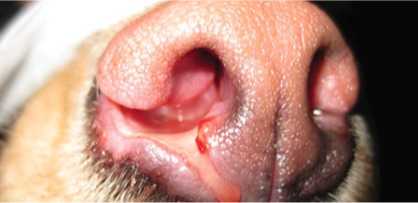
La rinoscopia no sólo nos permite ver los distintos cornetes nasales sino que también nos permitirá poder tomar muestras para biopsia, cultivo y antibiograma y también poder realizar lavados si es necesario.
Rinoscopia veterinaria: ¿cuándo está indicada?
La rinoscopia es una técnica diagnóstica mínimamente invasiva que permite explorar con detalle las cavidades nasales. Está especialmente indicada en los siguientes casos:
-
Secreción nasal crónica, unilateral o bilateral
-
Estornudos crónicos o recurrentes
-
Estornudo agudo (en caso de sospecha de cuerpo extraño)
-
Deformación del puente nasal
-
Epistaxis (sangrado nasal), unilateral o bilateral
-
Dolor o hipersensibilidad nasal
-
Estridor nasal (sonido anormal al respirar)
-
Úlceras en el hocico
-
Estornudo inverso intenso o persistente
También se recomienda ante la sospecha de:
-
Rinitis bacteriana, fúngica o parasitaria
-
Pólipos nasales
-
Neoplasias (tumores)
-
Otras alteraciones estructurales del tracto respiratorio superior
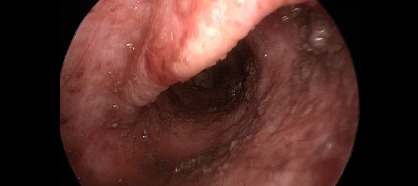
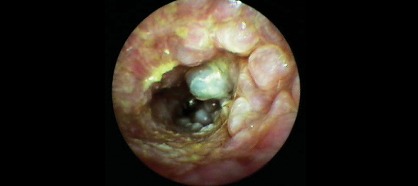
Video-otoscopía veterinaria: ¿cuándo está indicada?
La video-otoscopía es una técnica avanzada que permite explorar con detalle el conducto auditivo y la membrana timpánica con imágenes de alta calidad y magnificación. Está especialmente recomendada en los siguientes casos:
-
Otitis externa crónica y recurrente
-
Otitis media (inflamación del oído medio)
-
Cuando no se puede visualizar correctamente el tímpano durante la consulta habitual
-
Presencia de cuerpos extraños o masas dentro del conducto auditivo
-
Sospecha de pólipos nasofaríngeos en gatos o síndrome de Horner
-
Limpieza profunda del oído bajo anestesia general, cuando hay una gran acumulación de secreción y se quiere iniciar un tratamiento tópico eficaz aprovechando para hacer una evaluación completa del tímpano
Ventajas de la video-otoscopía respecto a la otoscopía convencional:
-
Mayor capacidad de magnificación, permitiendo visualizar con detalle las estructuras internas
-
Mejor iluminación del campo quirúrgico o de diagnóstico
-
Uso de instrumental como pinzas y catéteres a través del canal de trabajo del endoscopio
-
Opción de grabación en formato digital, útil para hacer seguimiento clínico o compartir con el propietario
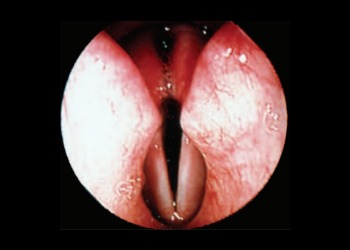
Laringoscopia veterinaria: ¿cuándo está indicada?
La laringoscopia es una técnica endoscópica que permite examinar visualmente la laringe y las vías respiratorias altas. Es clave para diagnosticar problemas respiratorios y alteraciones estructurales.
Principales indicaciones:
-
Estridor o ruidos respiratorios en vías altas
-
Intolerancia al ejercicio o fatiga excesiva
-
Dificultad respiratoria evidente (distrés respiratorio)
-
Aumento del esfuerzo inspiratorio o inspiración prolongada
-
Cambios en la vocalización o el ladrido
-
Tos durante la ingestión de comida o agua
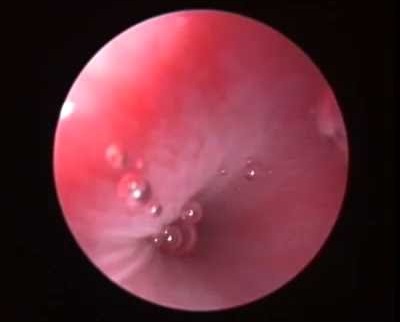
Uretroscopia veterinaria: ¿cuándo está indicada?
La uretroscopia es una técnica diagnóstica mínimamente invasiva que permite visualizar el interior de la uretra y la vejiga urinaria mediante una cámara endoscópica. Solo puede realizarse en hembras debido a razones anatómicas.
Indicaciones principales:
-
Polaquiuria (orinar con mucha frecuencia)
-
Infecciones urinarias recurrentes o crónicas
-
Hematuria persistente (presencia de sangre en la orina)
-
Disuria / Estranguria (dolor o dificultad al orinar)
Esta técnica permite detectar anomalías como tumores, cuerpos extraños, estenosis uretral o inflamaciones crónicas que no se identifican con pruebas convencionales.
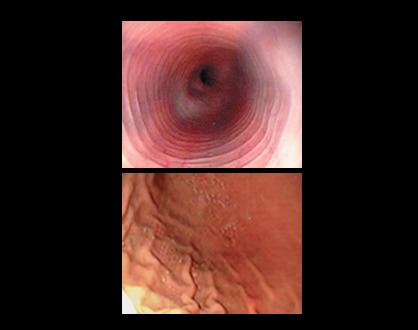
La videoendoscopia nos permite visualizar el estado de la mucosa esofágica, gástrica y principio del duodeno. Sin en animales de pequeño tamaño y algunos gatos puede que no se pueda visualizar el duodeno debido del tamaño del videoendoscopia. Aparte de ver las estructuras nos permitirá poder tomar muestras para biopsia y poder llegar a un mejor diagnóstico o la extracción de cuerpos extraños sin la necesidad de hacer cirugías invasivas.
Gastroduodenoscopia veterinaria: ¿cuándo está indicada?
La gastroduodenoscopia es una técnica endoscópica que permite visualizar el interior del esófago, estómago y duodeno, facilitando el diagnóstico de enfermedades gastrointestinales de forma mínimamente invasiva.
Indicaciones principales (ante sospecha de alteraciones digestivas):
-
Náuseas y ptialismo (salivación excesiva)
-
Vómitos o hematemesis (vómitos con sangre)
-
Diarrea o melena (heces oscuras o con sangre digerida)
-
Falta de apetito o anorexia
-
Pérdida de peso sin causa aparente
-
Dolor abdominal recurrente
Antes de realizar una gastroduodenoscopia, es recomendable completar el siguiente protocolo diagnóstico:
-
Hemograma y bioquímica
-
Coprológico (análisis de heces)
-
Radiografía o ecografía abdominal
-
Determinación de folato y cobalamina
-
Pruebas pancreáticas: cPLI / fPLI
-
Manejo digestivo empírico y cambio de dieta

Colonoscopía: ¿Cuándo está indicada?
La colonoscopía está indicada en pacientes que presentan los siguientes síntomas:
-
Vómitos
-
Diarrea / melena / hematoquecia
-
Tenesmo / flatulencia
-
Pérdida de apetito / anorexia
-
Pérdida de peso
-
Dolor abdominal
Antes de realizar una colonoscopía, se recomienda seguir un protocolo diagnóstico previo que incluya:
-
Hemograma y perfil bioquímico
-
Análisis coprológico
-
Estudio radiográfico y ecográfico abdominal
-
Niveles de folato y cobalamina
-
Pruebas cPLI y fPLI
-
Tratamiento gastrointestinal empírico y modificación dietética
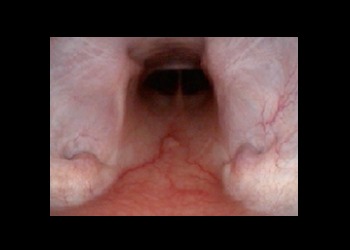
NASOFARINGOSCOPIA
La nasofaringoscopia es una técnica endoscópica que forma parte del examen de rinoscopia y permite explorar la región de la nasofaringe para diagnosticar trastornos respiratorios altos.
Indicaciones más comunes:
-
Estornudo inverso frecuente
-
Sibilancias durante la inspiración nasal
-
Estridor nasal en la inspiración
-
Disfagia (dificultad para tragar)